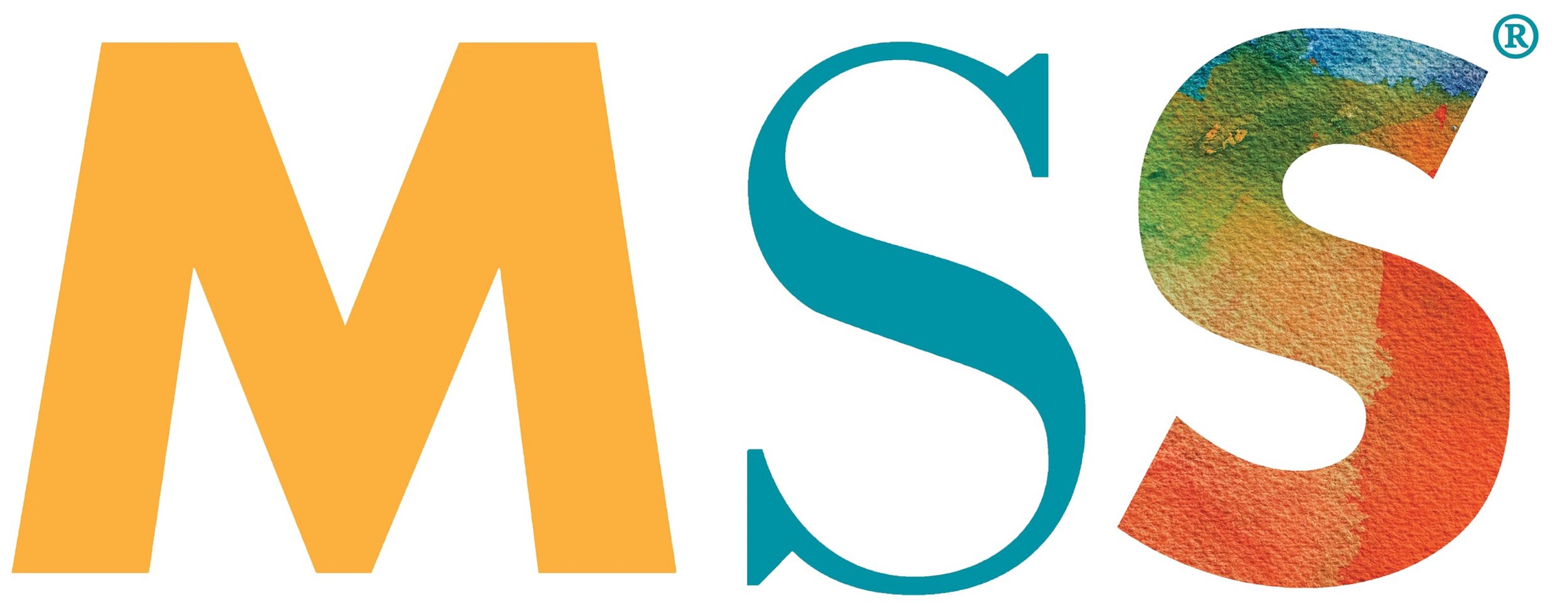Assistive Technology & the Future of Accessibility
2024 marks an incredible 75 years since the founding of our agency. As part of our celebration of this community's past, present, and future, we'll be sharing highlights from our unique history each month.
The history of assistive technology for people with disabilities is a story of innovation, adaptation, and inclusion. For some, technology can bring simple conveniences to daily life. But technological innovations can also be life-changing. Consider the invention of the electric wheelchair in 1953, which granted people independence like never before, or the introduction of communication devices that could provide someone a voice for the first time. MSS has a history of embracing evolving technologies to help make the world more accessible for the people we support.
This fall, MSS Eagan's Billy Lackey leveraged technology to make their program's daily schedule more inclusive. While writing the schedule on a whiteboard was helpful to some, it tended to leave out those who had difficulty reading. Eagan began including visual representations of the day's activities—a picture of drums to represent a music jam session, for example. They also began using "easy buttons," devices that can record audio and play it back with the push of a button, for those with visual impairments. Staff now record all the day's activities into the device for easy playback later on.
Two other recent innovations, our 3D printers and GlowForge Laser Engraver are two pieces of technology that serve both creative and practical purposes within our programs.
The GlowForge, which MSS acquired in 2022 through a grant, allows users to translate their dreamt-up designs into physical reality at the push of a button. Beyond its application for creating art, the GlowForge has also helped to enhance the accessibility of art through the creation of custom tools. Staff were able to design a personalized handloom, for example, to help a person with limited hand mobility learn to weave. Our 3D printers have been used similarly in recent years, creating custom-fitted devices from ergonomic pencil grips to tools that simplify daily activities.
Meanwhile, MSS Eagan and Shoreview hope to add another dimension to their services with the latest grant-funded tech: Virtual Reality goggles. With VR, individuals can “travel” to places that may be difficult to physically access, explore immersive art environments, and create art within virtual spaces. While the tech has its limitations—most VR programming still requires direct assistance from a staff member—staff is pursuing ways to make the experience more independent, like developing 3D-printed controllers that can be used with one hand. There is so much potential in this technology, and we are just beginning to explore how it can benefit the people in our programs.
At MSS, we believe in a future where people are supported in living the life they choose. Assistive technologies are one of the many ways we are making that future a reality. From creating personalized solutions to everyday challenges, to embracing technology that reshapes our world, we are committed to building a more inclusive society in whatever exciting form it takes.





